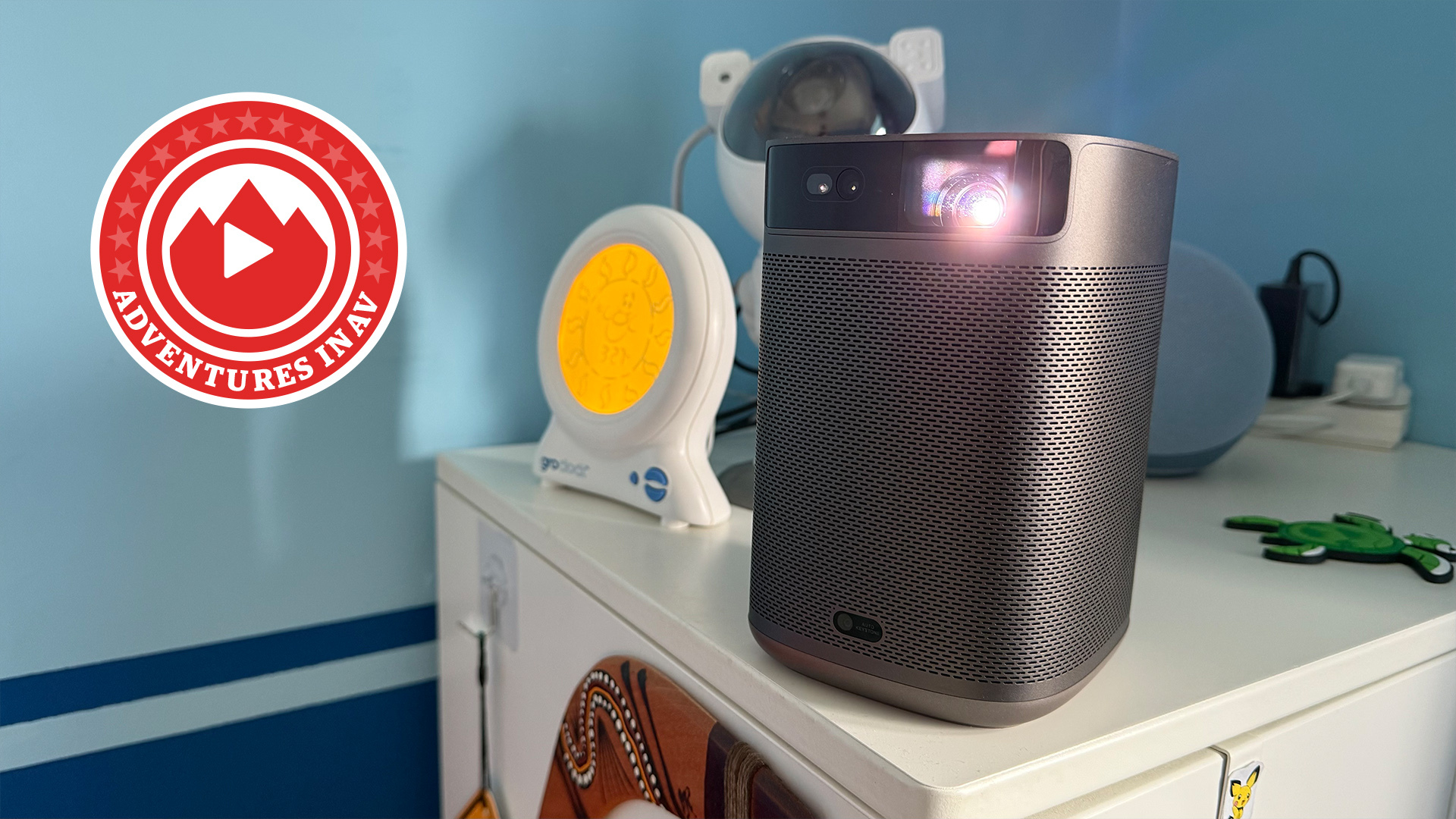This superb streaming system has modern smarts and a surprisingly affordable price
Full-fat streaming on a budget
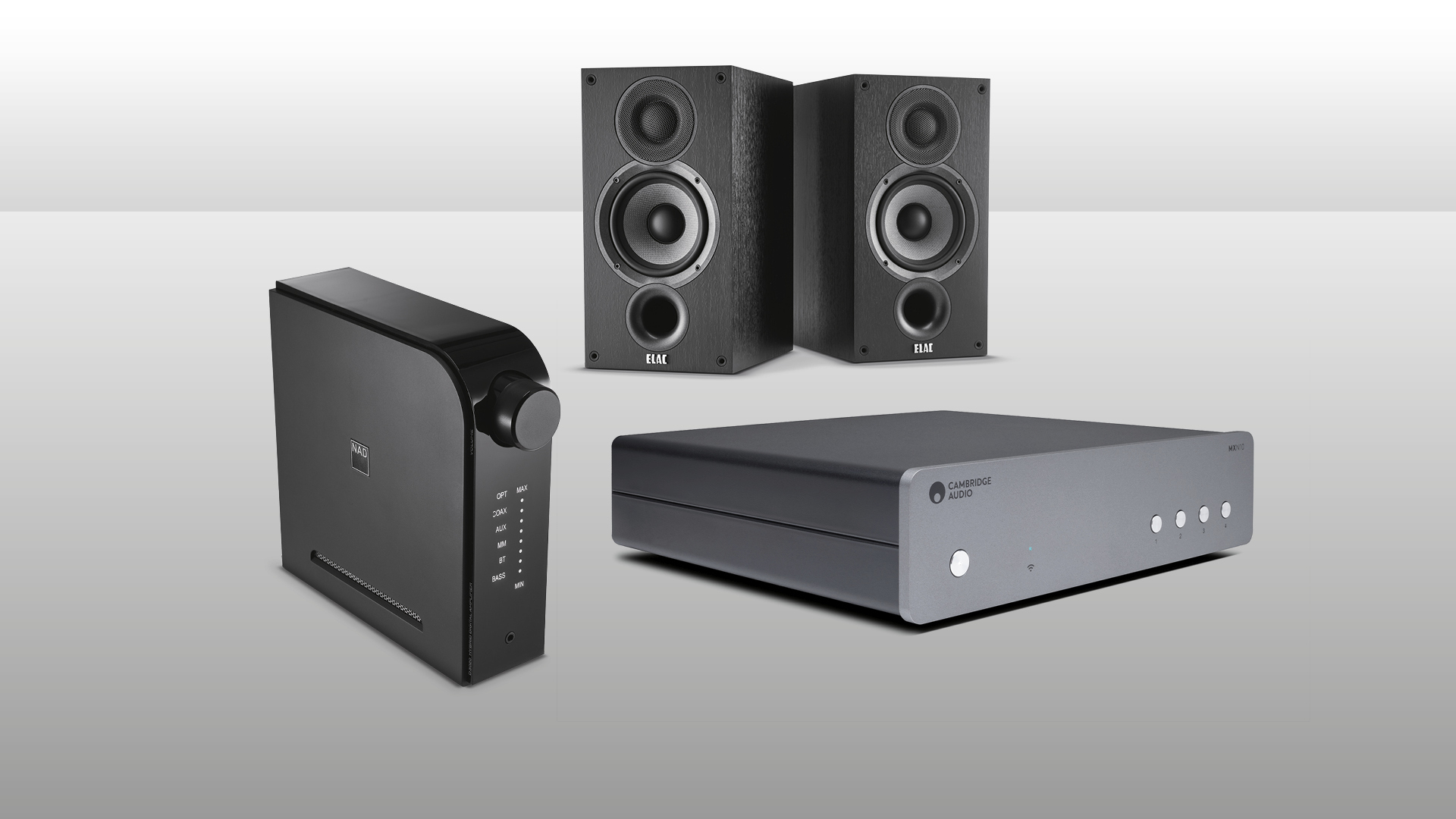
For a hi-fi system to be able to lay claim to being completely modern, it must, surely, have a music streamer as at least one of its sources. That, then, is where we begin with this neat stereo system – to which other hardware can, naturally, be added in due course.
The issue here, as you will see from the system price above, is that a streamer of any decent and desirable quality doesn’t come particularly cheap. The new and excellent Cambridge Audio MXN10 is one of the most affordable streamers we've tested yet, but it does still take up almost half the budget of this impressive set-up.
The system
Music streamer: Cambridge Audio MXN10 (£449 / $499 / AU$899)
Integrated amplifier: NAD D 3020 V2 (£399 / $449 / AU$659)
Standmount speakers: Elac Debut B5.2 (£249 / $320 approx / AU$649)
Total: £1097 / $1268 approx / AU$2207
Music streamer: Cambridge Audio MXN10
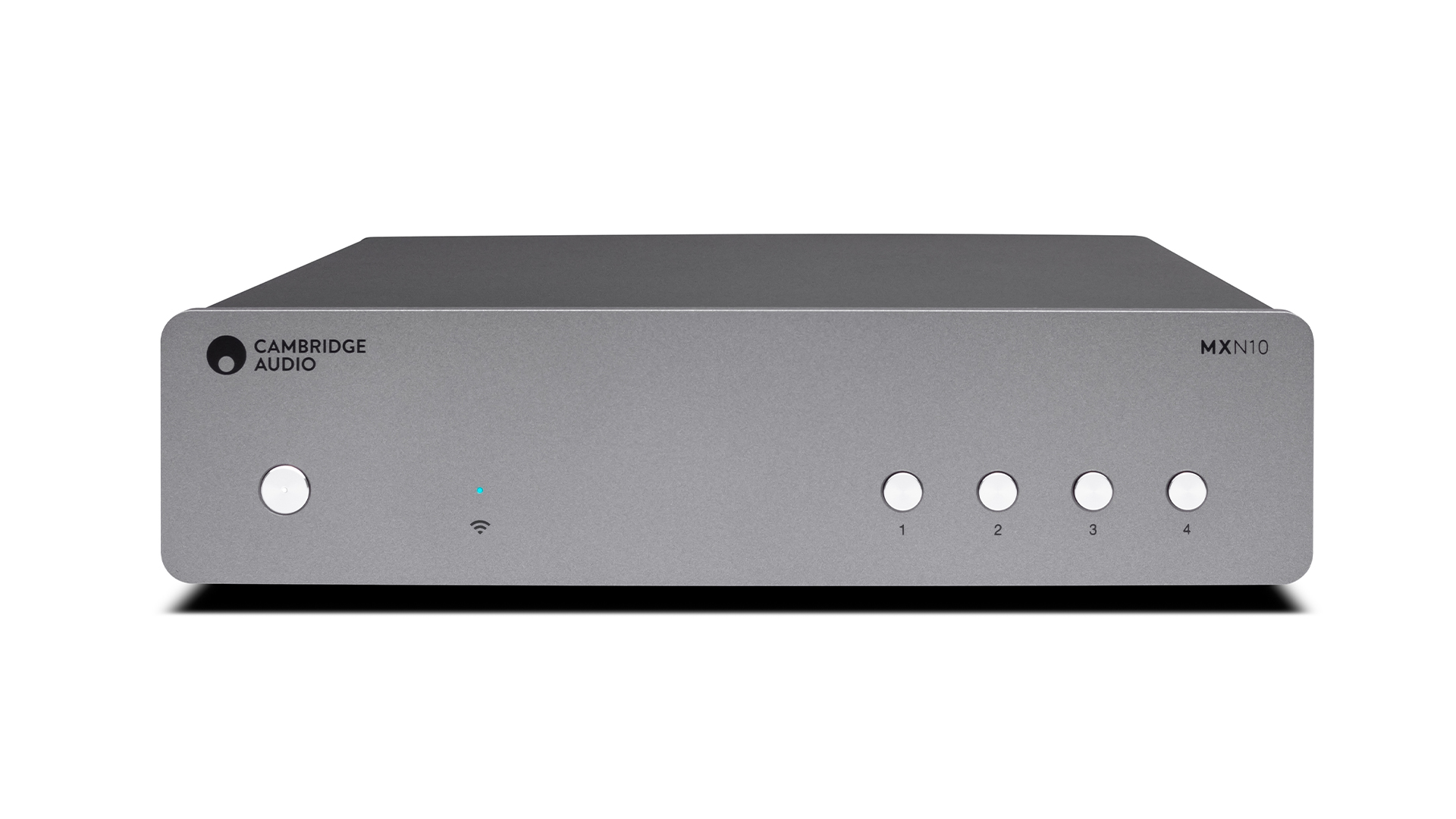
But that money buys you one of the best at this end of the market. The petite MXN10 is a newly-crowned five-star streamer and one that even takes the fight to the current reigning Bluesound Node (2021) What Hi-Fi? Award winner.
Get the What Hi-Fi? Newsletter
The latest hi-fi, home cinema and tech news, reviews, buying advice and deals, direct to your inbox.
You won’t be too surprised to read that it runs on StreamMagic, Cambridge Audio's proprietary wireless streaming platform that is also the beating heart of its other five-star products, such as the CXN V2 step-up streamer.
Used in conjunction with the bespoke app on a smart device, StreamMagic makes things extremely easy to control. Local and networked libraries, streaming services like Tidal, Deezer, Qobuz, and internet radio stations can be accessed for playback easily. The internal DAC can handle files up to 32-bit and in DSD format, too.
Those who don’t have music stored on their network and who don’t subscribe to a streaming service can still benefit from the MXN10's wireless nature through its support for Apple AirPlay 2, Bluetooth and Google Chromecast. There are no inputs, display headphone jack, but so many bases are properly covered in this compact budget streamer.
And, in action, the MXN10 is a hugely entertaining and impressive performer. Dynamic expression and rhythmic coherence are the standout qualities, with energy, textured detail and clarity also mixed into the sonic equation.
As we say in our review: “We like that the Cambridge remains composed when the music becomes demanding, and the way it renders the tone and texture of instruments in such a convincing way. There is a good sense of scale here combined with a surprising dose of authority.”
Integrated amplifier: NAD D 3020 V2
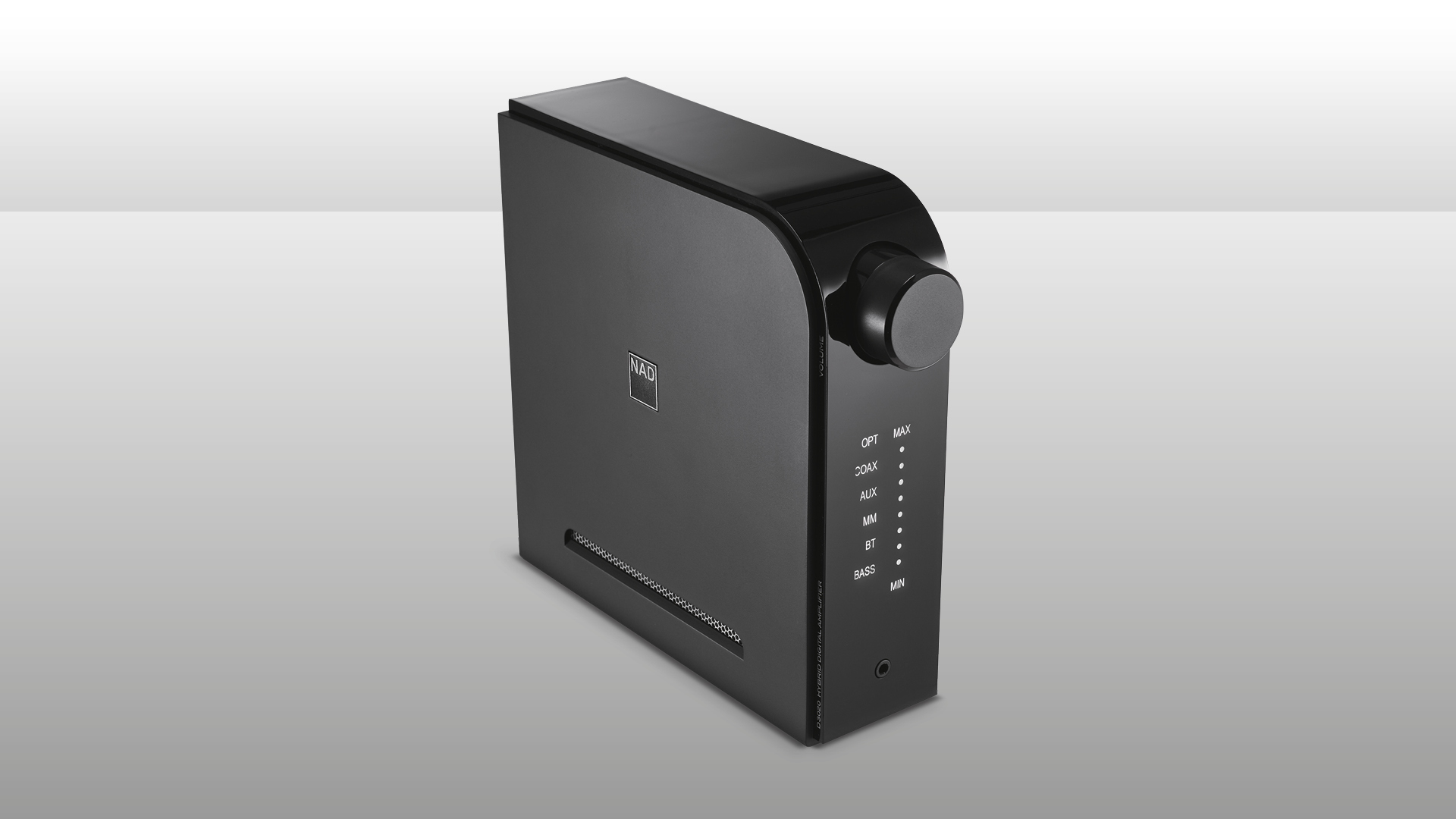
We marry the Cambridge streamer in this system with a similarly left-field looking amplifier. NAD’s D 3020 V2 is certainly different, that’s for sure – standing upright as it can in a most extroverted way for an integrated amplifier.
Should you want to add any more kit to your system further down the line, you are well catered for here, with a moving-magnet phono stage alongside optical, coaxial and RCA inputs.
The D 3020 V2 is not merely an interesting face with decent features, though – it wouldn’t make the cut in this set-up if that were all it was good for. This stereo amplifier sounds great for the money; and it particularly marries well with the enthusiastic performance of the Cambridge MXN10. The NAD’s strengths in timing and dynamics complement the streamer's rhythmic enthusiasm beautifully.
Standmount speakers: Elac Debut B5.2
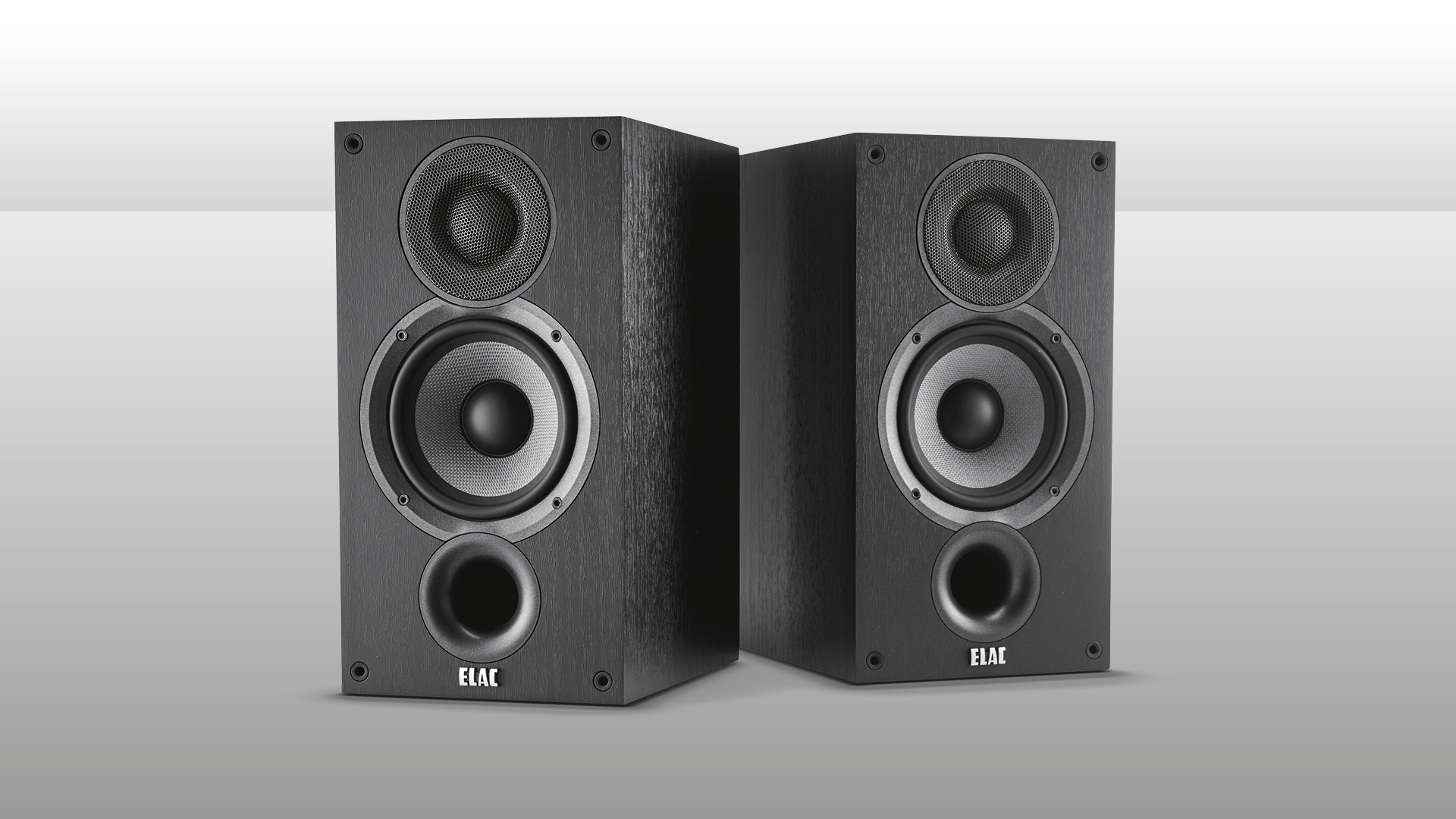
As does the final piece of this digital hi-fi. A current 2022 What Hi-Fi? Best Buy Award-winner, Elac’s Debut B5.2 speakers are a steal at the price, standing toe to toe with speakers costing considerably more than the £250 you can expect to pay for them.
The original B5 – launched around seven years ago – were perfectly acceptable entry-level speakers, but they were clearly bested by some close rivals. Elac responded a few years later with the B5.2; and they have taken our Award in their category ever since.
The reflex port, for bass tuning, has moved to the front of the cabinet, which means these speakers are far less fussy about being placed near a rear wall – handy for smaller rooms. As with all set-ups, though, we urge you to experiment with speaker placement; it is likely that they will sound better placed a little out in the space, rather than butted up against a wall.
Wherever they are positioned, however, the B5.2 will put in a worthy performance. These are even-handed, nicely balanced speakers that will handle pretty much anything you throw at them without fuss. And, once again, they will complement the electronics in this set-up with their insight and composure, and are very happy playing a wide variety of musical styles.
Verdict
This, then, is a system fully prepared for life in 2023, with its streaming prowess nicely complemented by a facility for expansion with almost any other source you might care to introduce it to.
It's also a wonderfully compact and flexible system – both the Cambridge Audio streamer and the NAD amp are small enough to fit into smaller spaces, even sharing space on the same rack. If you're after a tidy streaming system that is versatile in use but terrifically capable, and well-performing without needing to spend thousands, this budget modern system could be just the thing you're looking for.
MORE:
We've built a great value CD player system that ticks all boxes and won't break the bank
This terrific-value hi-fi system is great, British – and punches above its weight
Keep things simple with this awesome just-add-speakers streaming system
Our guides to the best music streamers, the best stereo amplifiers, and the best speakers across all budgets

Jonathan Evans is the editor of What Hi-Fi? magazine, and has been with the title for 18 years or so. He has been a journalist for more than three decades now, working on a variety of technology and motoring titles, including Stuff, Autocar and Jaguar. With his background in sub-editing and magazine production, he likes nothing more than a discussion on the finer points of grammar. And golf.
-
Combat A WiiM Pro Plus streamer and DAC plus the Fosi V3 amplifier would come in way under the Cambridge Audio on its own leaving the lions share for speakers or speakers and a sub. This would produce far better sound any day of the week.Reply -
TheLastMan In my view a buyer would do MUCH better to spend £30 more and get a Wiim Mini and a Chord Mojo 2 DAC to replace the Cambridge MXN10. A streamer does not have to include a DAC, in fact it is preferable that it doesn't. The digital stream of 1s and 0s from a Wiim Mini will be identical to that from the digital-out from the MXN10 for £370 less and you can then choose your preferred DAC, and there is nothing out there to beat the Chord at £395.Reply
I have owned the Chord (Mk 1) in the past as a fixed DAC in my hi-fi. I have since replaced it with a second hand Chord Qutest for £1k which was much better sounding, while maintaining the same basic Chord character. It is fed by an old second hand Sonos Connect streamer (Gen 2, compatible with their latest app) that cost me less than a new Wiim Pro, and is compatible with many, many more streaming services than either the MXN10 or the Wiim.
Assuming it is technically competent, the most important aspect of any streamer is the services it supports. Sonos supports more than any other on the market, so as long as you only use the digital-out sockets there is no reason why it will sound any different from any other streamer through an external DAC.
And my combination of cheap second hand streamer and top-notch DAC sounds stunning!
